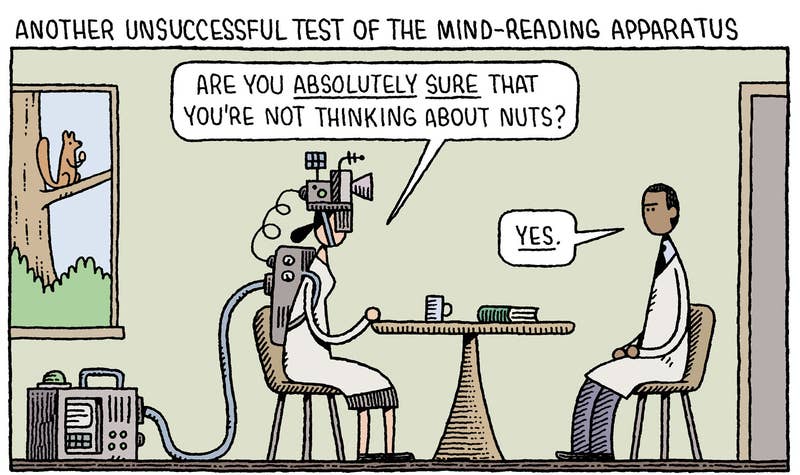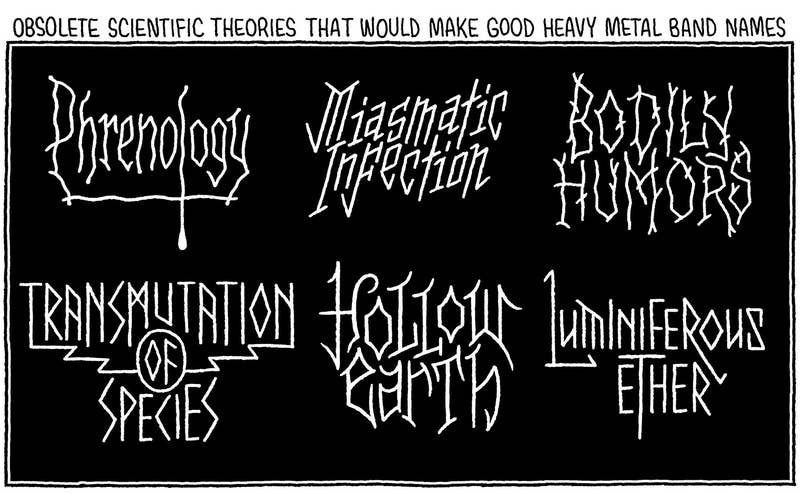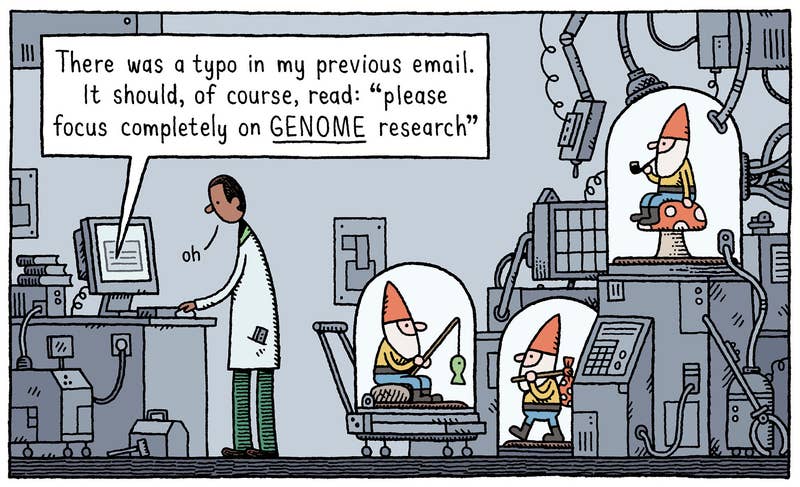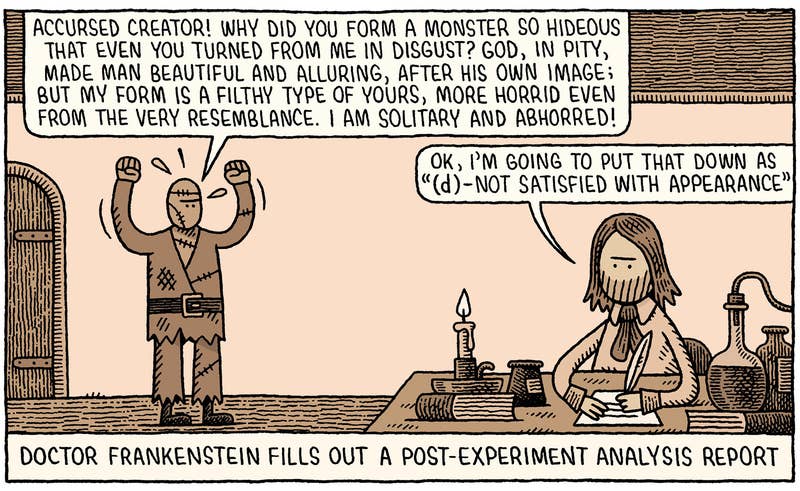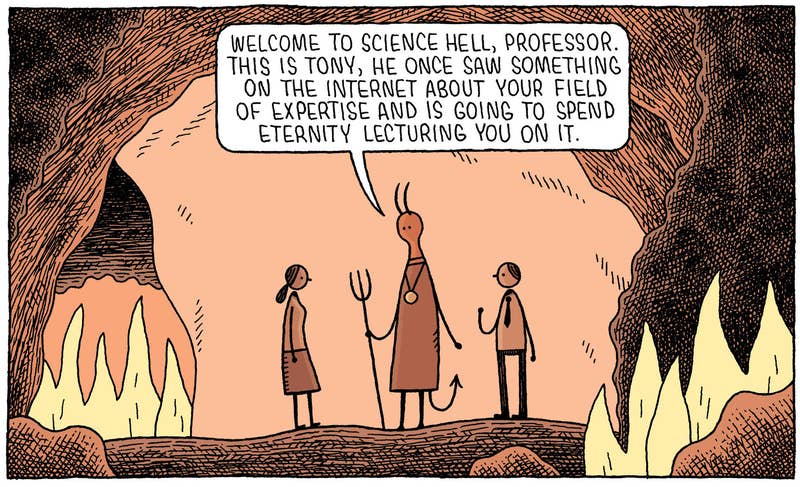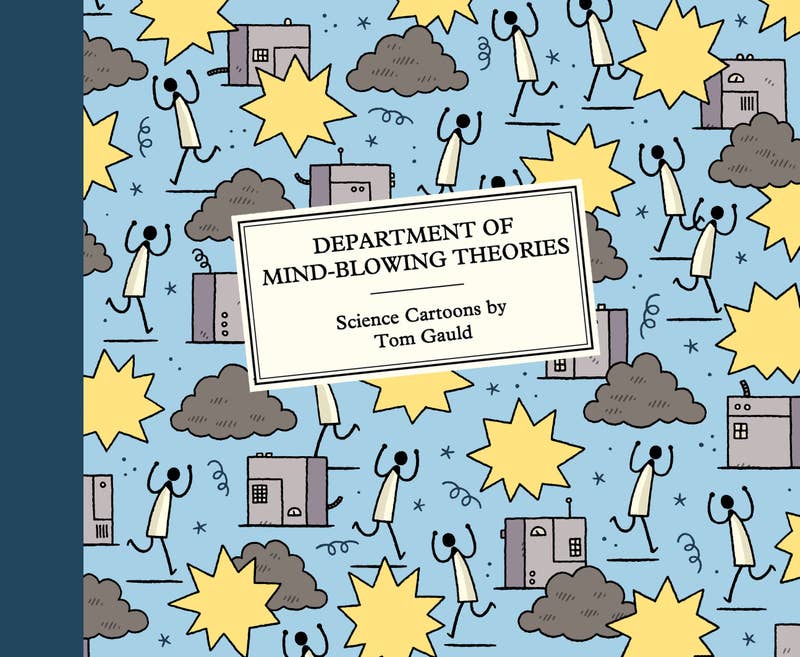India extends world's biggest virus lockdown
 AFP / SAJJAD HUSSAINA rickshaw driver carries passengers wearing facemasks past a mural in the Lodhi Art District in New Delhi
AFP / SAJJAD HUSSAINA rickshaw driver carries passengers wearing facemasks past a mural in the Lodhi Art District in New Delhi
India's nationwide coronavirus lockdown, the biggest in the world covering 1.3 billion people, will be extended until May 3, Prime Minister Narendra Modi said Tuesday.
The move comes despite complaints from millions of poor, a vast underclass who have been left almost completely without support as jobs have vanished and incomes dried up.
"From the economic angle, we have paid a big price," Modi said. "But the lives of the people of India are far more valuable."
"From the experiences of the last few days it is clear that the path we have chosen is correct."
India's three-week-old lockdown, in force since March 25, was scheduled to end at midnight Tuesday.
Modi said there would be "limited relaxations" from April 20 for districts with no cases, and new guidelines for industry and agriculture would be released Wednesday.
The announcement comes as debate rages around the world on how to lift restrictions so the economic carnage of the pandemic can be eased without a new spike in infections.
 AFP/File / Dibyangshu SARKARThere are fears that coronavirus infections in South Asia could skyrocket and overwhelm shaky healthcare systems
AFP/File / Dibyangshu SARKARThere are fears that coronavirus infections in South Asia could skyrocket and overwhelm shaky healthcare systems
Official figures suggest South Asian nations have so far been relatively unscathed by the epidemic, with around 10,800 cases and 353 deaths in India.
Some experts say not enough tests have been conducted and the true number of infections is much higher.
And with some of the most crowded cities on the planet, there are fears that numbers could take off and overwhelm the shaky healthcare system.
Several states including Maharashtra -- home to Mumbai and with the highest number of cases -- Tamil Nadu and Odisha already announced lockdown extensions.
The World Health Organisation Tuesday praised India's decision to extend the lockdown, saying "it would go a long way in arresting the virus spread".
- India's poor -
The shutdown, with strict limits on activity, has been devastating for the economy -- and in particular for India's poor.
 AFP / SANJAY KANOJIAHomeless people wait along a road in Allahabad to receive free food during the nationwide lockdown
AFP / SANJAY KANOJIAHomeless people wait along a road in Allahabad to receive free food during the nationwide lockdown
Millions of daily wage labourers suddenly lost their jobs, forcing hundreds of thousands to travel hundreds of kilometres (miles) back to their home villages, often on foot.
Some died on the way, while others were shunned by locals when they made it back. One clip that went viral on social media showed a group of migrants being hosed down with chemicals by local officials.
Others have been stranded in cities in cramped, unsanitary conditions where the virus could spread quickly. New Delhi alone is providing hundreds of thousands of free meals.
In the financial capital Mumbai, some 800 migrant labourers gathered near a railway station on Tuesday and demanded to be allowed to return home. The protest was later dispersed by police.
- Snarl-ups -
Farmers have complained of a lack of workers to harvest crops while snarl-ups of thousands of trucks not allowed to move because of the lockdown have hampered food transport.
"We have tried to keep the interests of the poor and the daily wage workers in mind while making these new guidelines," Modi said in his 24-minute address.
 AFP / Arun SANKARA motorist rides past graffiti painted on a road to raise awareness about COVID-19 in Chennai
AFP / Arun SANKARA motorist rides past graffiti painted on a road to raise awareness about COVID-19 in Chennai
"The central and state governments are working together to ensure that the farmers don't face any problems."
Reserve Bank of India governor Shaktikanta Das has called the coronavirus an "invisible assassin" that could wreak havoc on the economy.
A restaurant industry group, a sector that employs millions of people nationwide, warned Monday there could be "social unrest" if it did not receive financial relief.
The commerce ministry has also reportedly urged the government to consider opening more activities "with reasonable safeguards" even if the lockdown is extended.
On the deserted streets of Delhi, Manoj, a businessman, said the extended lockdown would further devastate the economy.
"People are going to lose jobs, businesses are going to shut down, unemployment is going to rise and hungry people are going to die," he told AFP.
Even before the pandemic, the Indian economy was stuttering, with the highest unemployment for decades.
Growth had slowed to about 5.0 percent before the pandemic and some analysts say it could slump to 1.5-2.0 percent this year -- way below the level needed to provide jobs for the millions coming into the labour market each month.




